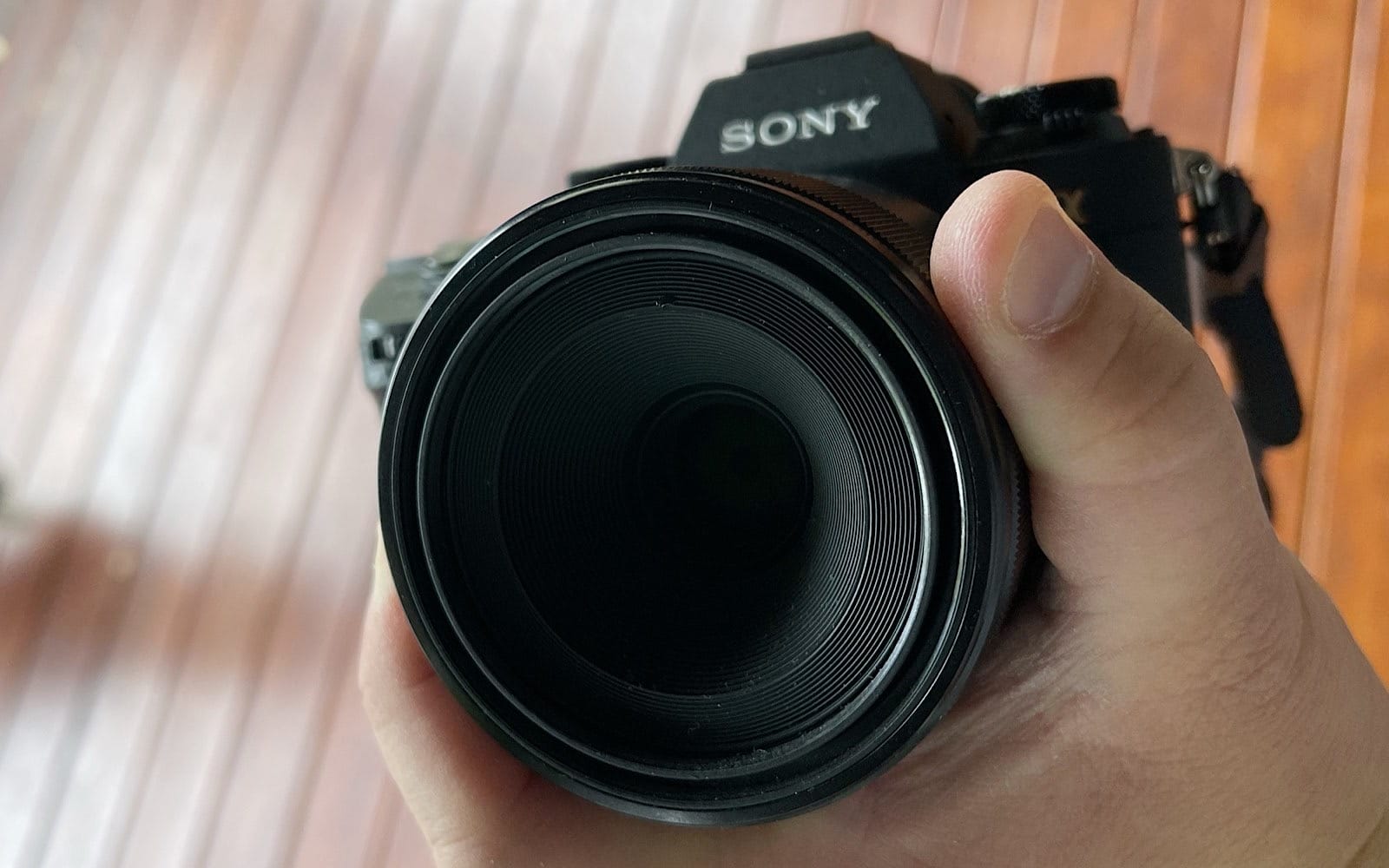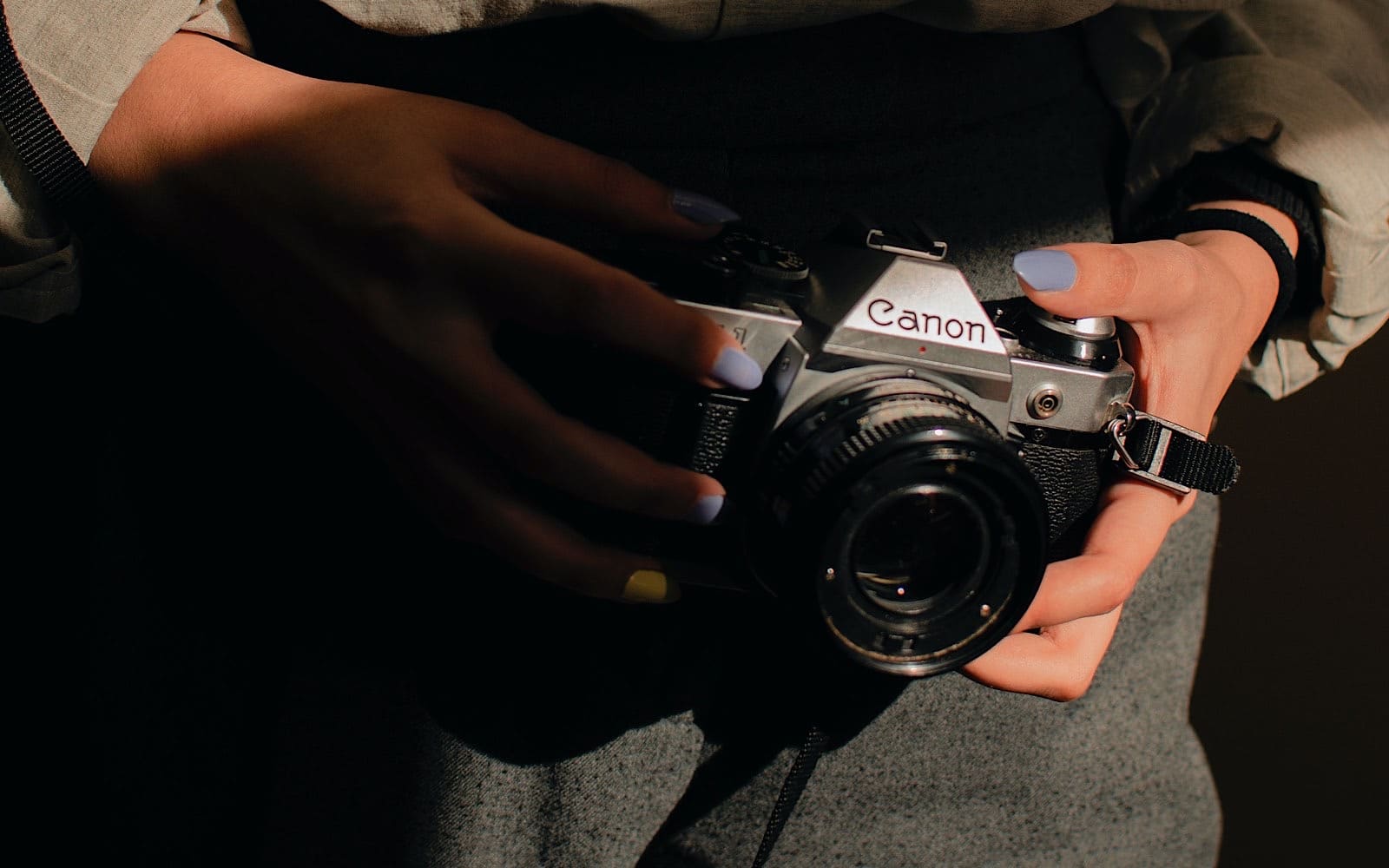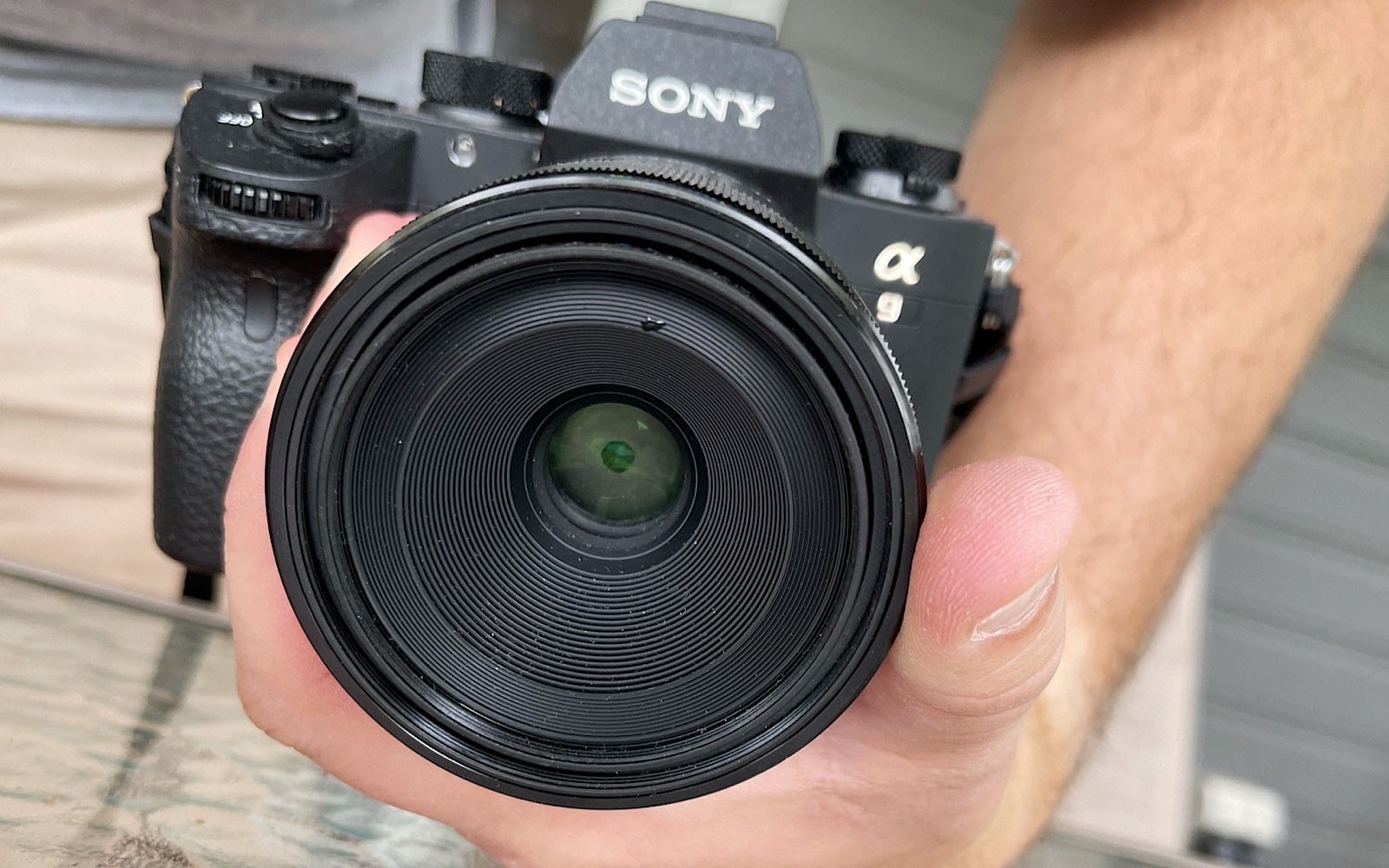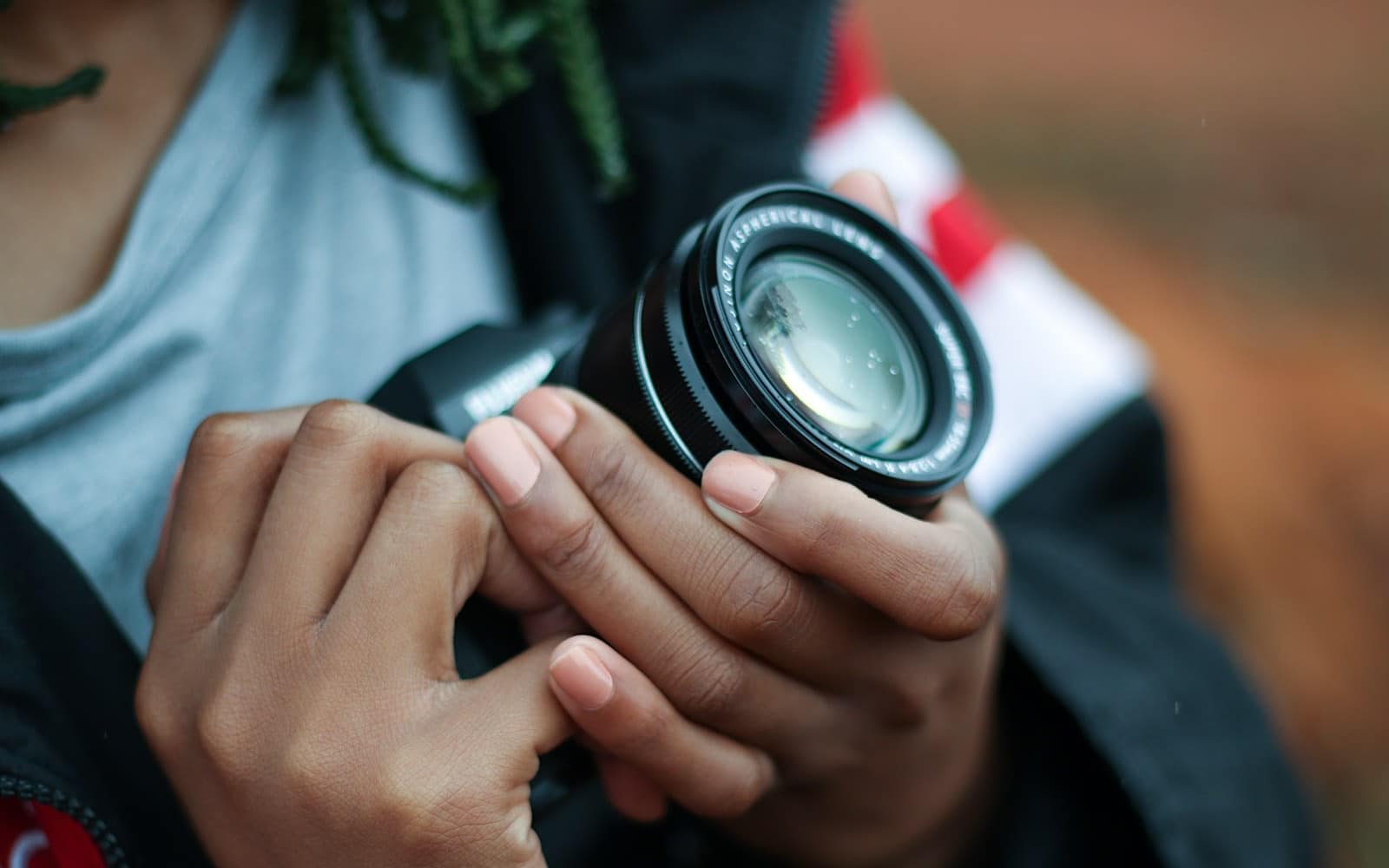A great camera demands a great hold, and one that reduces the chance that camera will take a tumble and come crashing to the ground. Do you know how to hold your camera properly?
It might seem crazy, but not everyone knows how to hold a camera. Even though many have moved on from needing a camera, if you’re someone who yearns to take more photos, or even start capturing more video, there’s a good chance you have a camera in your life.
Whether it’s a big and bulky DSLR, a medium sized mirrorless, or something smaller, there is a right way to hold a camera to help ensure it doesn’t take a tumble. If it does, you risk damage, which in the world of cameras is clearly not cheap.
The risk of damage to the camera body is on thing, but when cameras have interchangeable lenses — circles of glass surrounded by rings of metal and plastic — you’re risking a shatter and break, destroying a lens and its ability to capture images with crystal clear clarity.
So it’s important that your camera is stable when using it, strapped around your neck or shoulder, and then held properly.
How do you hold a camera?
It’s not a dumb question, even if it looks a little like one, and that’s because most people aren’t taught. We pick up on what we think is the right way to hold a camera by watching movies and TV shows, and by looking at the grip.
Most cameras resemble a rectangular box, and so our natural inclination is to reach out from both sides and grab the box from each side. That’s logical right?
Except those sides of the camera are often fairly reinforced, and the most precious part of the camera tends to actually be in the centre, or close to it.
The lens and the spot behind it — where the sensor is on a digital camera, either bare on a mirrorless or covered by a mirror mechanism on a digital SLR — are the parts you’re protecting, and holding a camera by the sides isn’t going to do that. It’s not even going to let your fingers reach around to change the zoom on a lens, to focus, which is an important part of how you hold a camera.
So, to hold a camera, hold your left palm flat with your fingers together and your thumb out stretched. It should look like an awkward handshake, whereby instead of curving your fingers to make the shake, you flatten them instead.
With this handhold, place the camera on your hand with the lens facing the thumb and the back of the camera resting against the edge of your hand where the pinky finger is. Once the camera is in place, curve your fingers and thumb up to grab the lens.
In this position, your thumb, forefinger, and middle finger should be able to hold the lens with stability, while the back of your hand provides a firm position for the camera to rest in. With one hand, you’ve basically stabilised the camera, and made it possible for you to focus the lens if you need to, turning the rings with your fingers.
You can use your right hand to grip the right edge of the camera for more stability, and to squeeze the shutter, because that’s typically what that’s for: the right hand to hold.
With this way of holding a camera, you’ve given your camera a little more stability in capturing images, and can extend your body to become an impromptu tripod for the camera if you need to, holding the camera tight to your chest and holding your breath if you feel you need a fraction more stability than a mere handhold will offer.
Can you hold any camera with this handhold?
Regardless of the size of the camera or the type, you can typically hold almost any camera like this, barring cameras built like a tall box. This style of camera — which really does look like a box, and often had a lens or two poking out the middle — can’t be held quite in this way because of the style.
But if you have a lens protruding from near the middle of the frame, you can hold a camera this way, whether it’s a mirrorless, DSLR, advanced compact with a fixed lens, or even a properly small compact.
It’s a handhold that you can feel comfortable in knowing the most fragile parts are protected with, and will gradually get you to feeling comfortable with holding the camera as you go walking, with the lens and body ready to use whenever you feel.











